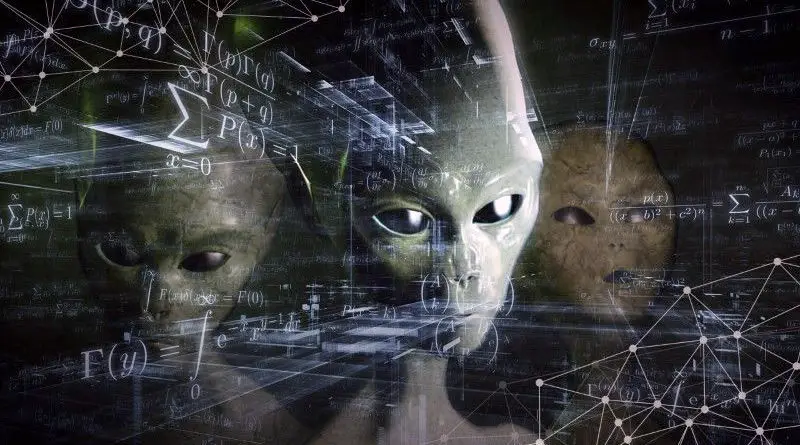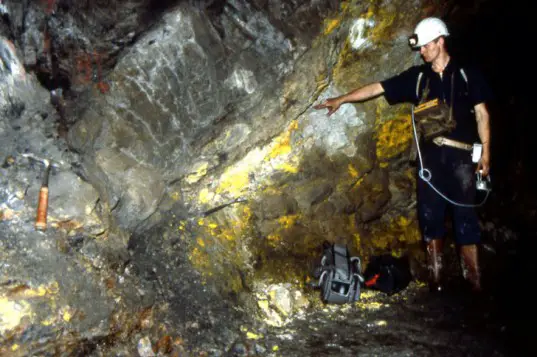Dr. Steven Greer reveals different types of Aliens known to to the Government .
Given the fact that the universe is SOO big, it’s hard to even imagine that life only came into existence –miraculously— on Earth.
To put the possibility of alien life existing elsewhere into perspective, there are approximately 10 billion galaxies in the observable universe. The number of stars in each galaxy may differ, but assuming there is an average of around 100 billion stars per galaxy, it would mean that there are around 1,000,000,000,000,000,000,000 – lots of zeroes yup, and that’s 1 billion trillion— stars in the observable universe.

This of course, isn’t the entire number but just one segment of the entire picture since we can only observe parts of the universe that are within 13.7 billion light-years of earth.
As noted on SCSB, this is due to the fact that the big bang occurred about 13.7 billion years ago. Thus, w make observations about distant stars by measuring the light that reaches earth and satellites that we have in space.
Light from stars farther than 13.7 billion light-years away has not had time to reach us yet. The universe must be much bigger than the universe that we can observe at this time, therefore there may be many more stars out there.
After realizing how big the universe really is, we turn to the Alien question.
In the past, numerous scientists, military officials, and whistleblowers have come forward speaking about UFOs and alien visitations to Earth.
The debate about Alien life isn’t something new to modern times, as a matter of a fact, since recorded history, people have asked what if somewhere out there is life similar to that on Earth. “To consider the Earth as the only populated world in infinite space is as absurd as to assert that in an entire field of millet, only one grain will grow.” – Metrodorus, Greek philosopher of the fourth century B.C.
One of the most interesting comments regarding extraterrestrial life comes from former Canadian defense minister, Paul Hellyer.
Mr. Hellyer has said that here are more than 82 known alien species who have visited Earth. It is claimed that a wealth of information about these extraterrestrial species is contained in highly-classified documents used as training manuals or guides for military and intelligence personnel. The documents reveal that many of the known species, such as the Alpha-Draconians or Reptilians, have been living on Earth long before the human race.
Comments made by Mr. Heller are backed up by many other scientists, military officials, and whistleblowers.
Franklin Story Musgrave, an American Physician, retired NASA astronaut who worked on the design and development of the Skylab Program and the only astronaut to have flown missions on all five Space Shuttles had very interesting things to say about life elsewhere in the cosmos:
“Statistically it’s a certainty there are hugely advanced civilizations, intelligences, life forms out there. I believe they’re so advanced that they’re even doing interstellar travel. I believe it’s possible that they even came here. It’s logical to presume the universe must have other life in it and by virtue of association that we could be visited at some point.”
One of our favorite quotes comes from Dr Brian O’Leary, a former NASA Astronaut and Princeton Physics Professor:
“There is abundant evidence that we are being contacted, that civilizations have been monitoring us for a very long time. That their appearance is bizarre from any type of traditional materialistic western point of view. That these visitors use the technologies of consciousness, they use toroids, they use co-rotating magnetic disks for their propulsion systems, which seems to be a common denominator of the UFO phenomenon.”
In addition to the above, a very interesting video about alien life and alien visitations is the one posted below, where Steven Macon Greer –a retired medical doctor and ufologist, founder of the Center for the Study of Extraterrestrial Intelligence (CSETI) and The Disclosure Project— speaks of the various types of aliens. The interview was made in 2010.









